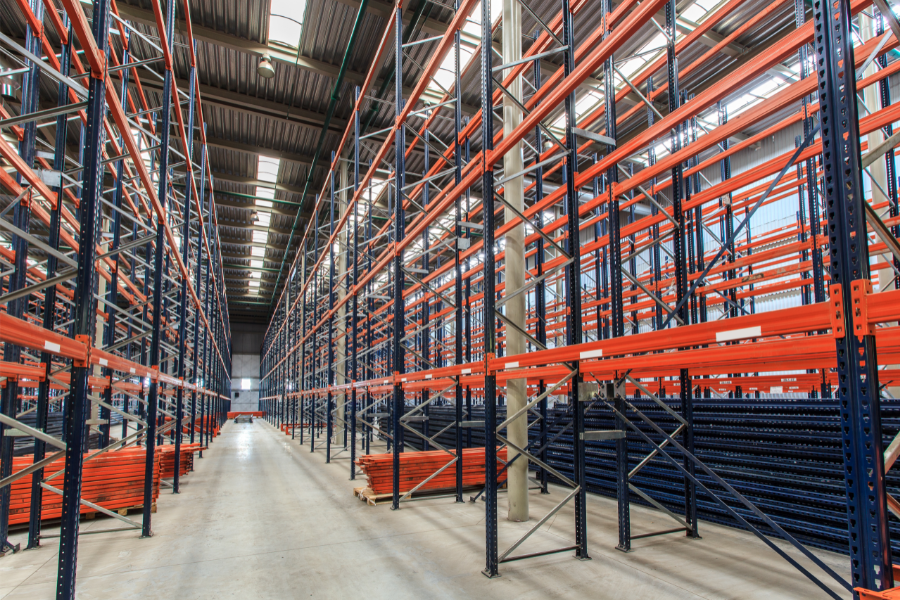Companies in the freight forwarding industry are predominantly privately owned, so it is strange to say that their warehouses in a certain sense function as then public warehouses. More precisely, their business customers can use them as public warehouses were used a long time ago.
These ‘public warehouses’ can have several advantages over companies’ own storage facilities according to a summary on the Ardentx news portal. One of them is that they are often closer to consumers or business customers than their own facilities. It’s obvious that this speeds up customer service, thus proving the right of the eternal business truth that time is money, i.e. faster delivery boosts business traffic.
Freight forwarders try to establish their warehouses in central locations, which are close to the delivery destinations. In this way, their customers can adapt more flexibly to their customers’ needs with their help. And these two aspects: to be closer to the customer and flexibility are mutually reinforcing arguments for using forwarders’ warehouses.
Another important aspect is cost reduction, which is served not only by speed and flexibility, but by Cross-Docking service. This is part of the daily activities of freight forwarders. With this, goods arriving from different senders can be sorted and repackaged according to the recipients.
Finally, forwarder’s warehouses seem almost indispensable in a situation when a company temporarily runs out of storage capacity. In this case, the aforementioned advantages can definitely add up. Not only is the missing storage space available, but it is even closer to the market and the operating forwarders also offer additional services related to storage.
In 2Q2023 logMASter is going to extend temporary storage capacities on a ‘pay as you use’ basis. Customers here will have no strict payment obligations for hiring a fixed square meter for a longer period but can freely pay on a daily basis for as much pallet space as they just need to store. This product has already been popular to our customers whose space needs differ in time and wish to have an elastic warehousing cost model which fits their business requirements.

